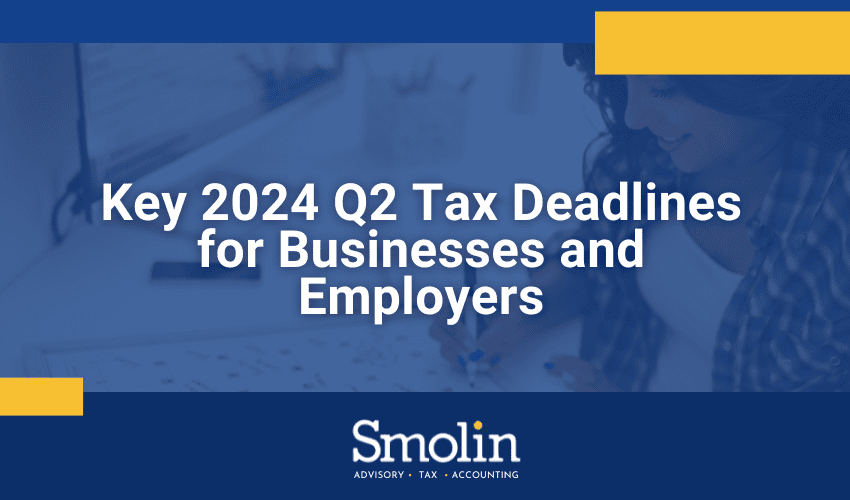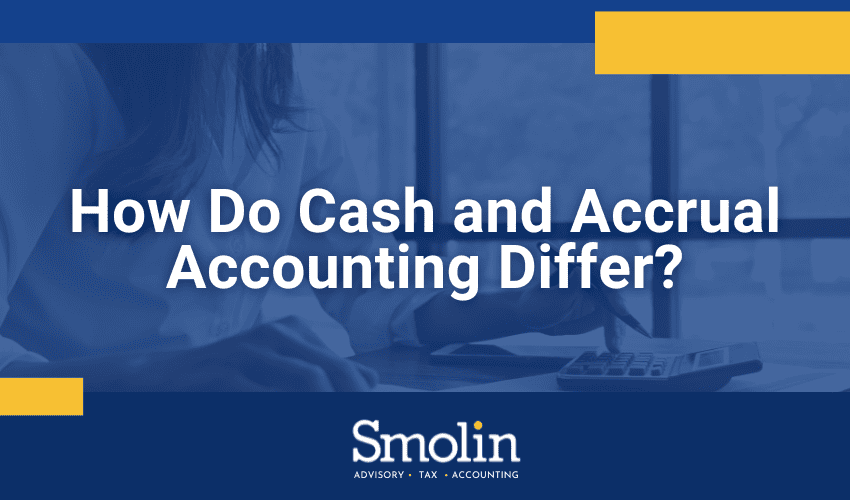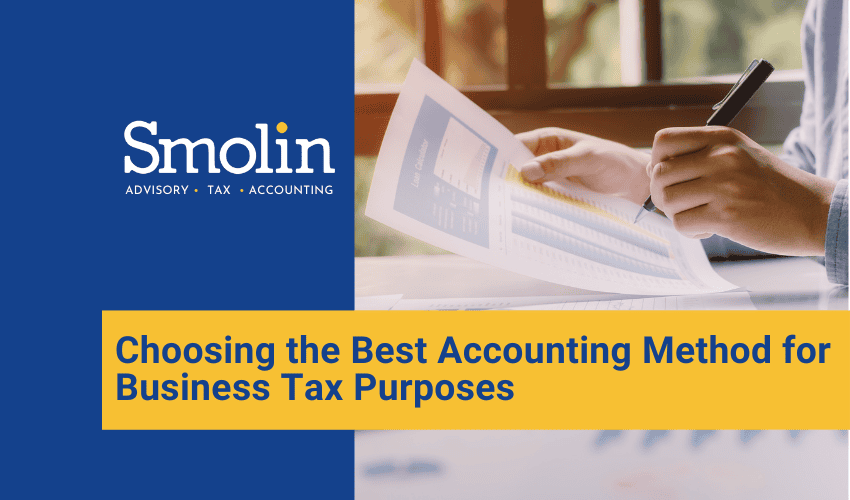Businesses typically want to delay the recognition of taxable income into future years and accelerate deductions into the current year. But when is it wise to do the opposite? And why would you want to?
There are two main reasons why you might take this unusual approach:
- You anticipate tax law changes that raise tax rates. For example, the Biden administration has proposed raising the corporate federal income tax rate from a flat 21% to 28%.
- You expect your non-corporate pass-through entity business to pay taxes at higher rates in the future, and the pass-through income will be taxed on your personal return. Debates have also occurred in Washington about raising individual federal income tax rates.
Suppose you believe your business income could be subject to a tax rate increase. In that case, consider accelerating income recognition in the current tax year to benefit from the current lower tax rates. At the same time, you can postpone deductions until a later tax year when rates are higher, and the deductions will be more beneficial.
Reason #1: To fast-track income
Here are some options for those seeking to accelerate revenue recognition into the current tax year:
- Sell your appreciated assets with capital gains in the current year, rather than waiting until a future year.
- Review your company’s list of depreciable assets to see if any fully depreciated assets need replacing. If you sell fully depreciated assets, taxable gains will be triggered.
- For installment sales of appreciated assets, opt out of installment sale treatment to recognize gain in the year of sale.
- Instead of using a tax-deferred like-kind Section 1031 exchange, sell real estate in a taxable transaction.
- Consider converting your S-corp into a partnership or an LLC treated as a partnership for tax purposes. This will trigger gains from the company’s appreciated assets because the conversion is treated as a taxable liquidation of the S-corp, giving the partnership an increased tax basis in the assets.
- For construction companies previously exempt from the percentage-of-completion method of accounting for long-term contracts, consider using the percentage-of-completion method to recognize income sooner instead of the completed contract method, which defers recognition of income.
Reason #2: To postpone deductions
Here are some recommended actions for those who wish to postpone deductions into a higher-rate tax year, which will maximize their value:
- Delay buying capital equipment and fixed assets, which would give rise to depreciation deductions.
- Forego claiming first-year Section 179 deductions or bonus depreciation deductions on new depreciable assets—instead, depreciate the assets over several years.
- Determine whether professional fees and employee salaries associated with a long-term project could be capitalized, spreading out the costs over time.
- If allowed, put off inventory shrinkage or other write-downs until a year with a higher tax rate.
- Delay any charitable contributions you wish to make into a year with a higher tax rate.
- If permitted, delay accounts receivable charge-offs to a year with a higher tax rate.
- Delay payment of liabilities for which the related deduction is based on when the amount is paid.
- Buy bonds at a discount this year to increase interest income in future years.
Questions about tax strategy? Smolin can help.
Tax planning can seem complex, particularly when policy changes are on the horizon, but your business accountant can explain this and other strategies that could be beneficial for you. Contact us to discuss the best tax planning actions in light of your business’s unique tax situation.









